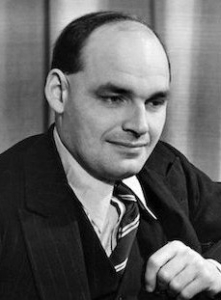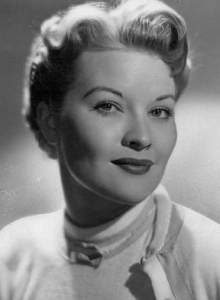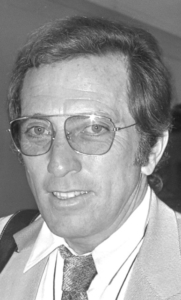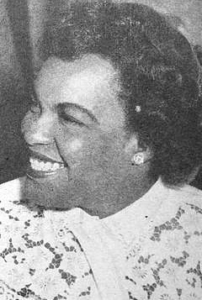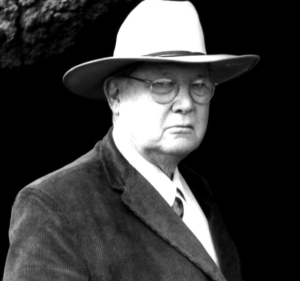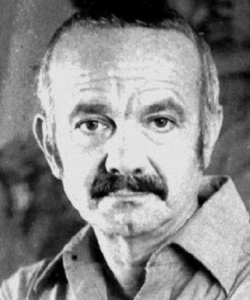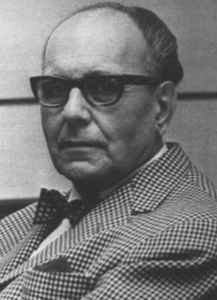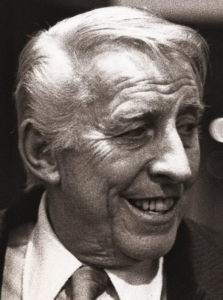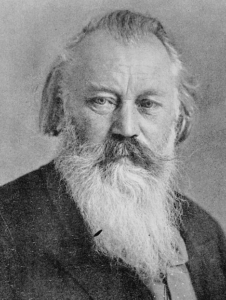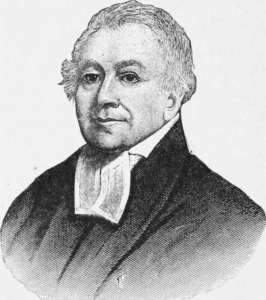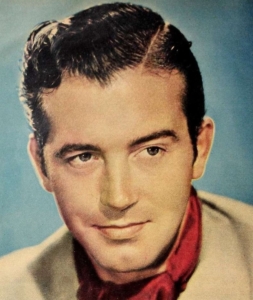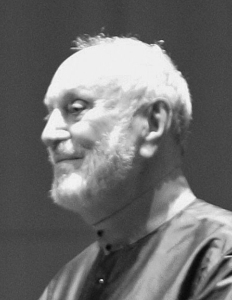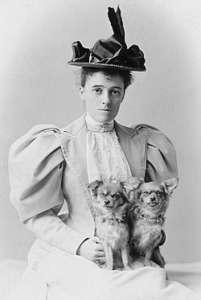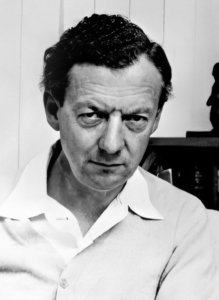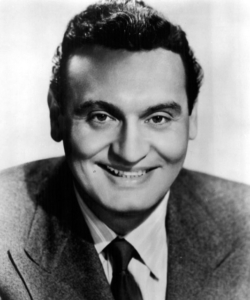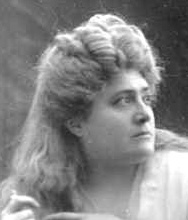REVIEW POTPOURRI: Cultural Icons and Historic Recordings
 by Peter Cates
by Peter Cates
Sir Arthur Bryant
English historian Sir Arthur Bryant (1899-1985) was a principal of the Cambridge School of Arts, Crafts and Technology from 1923 to 1926 and raised its student body from 300 to 2,000.
His books were admired by former Prime Ministers Winston Churchill, Harold Wilson, Margaret Thatcher and others and became best sellers because of their narrative readability. The Age of Elegance: 1812-1822, from 1950, has a notable example of Bryant’s gift for entertaining vignettes in his sketch of Napoleon Bonaparte’s Foreign Minister, former Priest and notorious sleazeball Charles Talleyrand (1754-1838):
“Few people liked Talleyrand. Napoleon once described him as filth in silk stockings. He was the most consistent crook of his age. For a quarter of a century, through storm and terror , he had lived, survived, and triumphed by his wits. There were few crimes, including incest, of which he was not believed guilty. No one who saw his dirty, crafty, powdered face, with its half-closed eyes, villainous mouth, and slobbering, darting tongue, was left in any doubt as to the manner of man he was.”
He also described the French people of Napoleon’s time as “half monkey and half tiger.”
Unfortunately, Bryant was a Nazi sympathizer and wrote an introduction to a 1939 English translation of Mein Kampff in which he praised Adolf Hitler’s leadership qualities.
James Maguire
James Maguire’s 2006 Impresario is a biography of the most successful TV variety show host in American history, Ed Sullivan (1901-1974), whose program was seen every Sunday night from 1948 to 1971.
The guests who achieved the highest ratings for the Ed Sullivan Show were – who else? – Elvis Presley on September 9, and October 28, 1956, and the Beatles on February 9, 1964. With respect to Elvis’s gyrating hips, Maguire writes, “While his records flew off the shelves, letters of protest poured into newspapers and television stations across the country.”
The Bookshop
A 2024 history The Bookshop has chapters on several bookstores and the ups and downs of the business in competition with the insidious Jeff Bezos and his Amazon.
One chapter is on New York City’s Strand Bookstore which occupies all four sides of a block. Its founder Benjamin Bass was arrested in 1939 for selling 150 stolen copies of a law book but claimed he was innocent. After a friend testified on his behalf, the judge dismissed the case.
Bass confided to the friend as they left the courtroom, “After you finished talking, I had almost convinced myself that I hadn’t known that those were stolen.”
* * * * * *
Offenbach: Apache Dance; Serradell La Golondrina. Nathaniel Shilkret conducting the Victor Salon Orchestra. Victor 21055, ten inch 78, recorded 1926-27.
Shilkret’s dozens of charming shellacs which ranged from classical composers to dance music include this early example of crossover music – the Apache Dance by French composer Jacques Offenbach and side two’s very popular Mexican love song La Golondrina.
* * * * * *
Rossini/Respighi: La Boutique Fantasque; Ibert: Divertissement; and Piston: The Incredible Flutist. Arthur Fiedler conducting the Boston Pops. RCA Victor Red Seal LM-2084, 12-inch LP, recorded 1956.
The three compositions here are examples of classical music not taking itself so seriously. Ottorino Respighi (1879-1936) was best known for the Pines of Rome, Fountains of Rome and Roman Festivals which are massive monumental orchestral showpiece demanding more than 100 musicians.
La Boutique Fantasque is a collection of Rossini’s miniatures which Respighi orchestrated with exquisite results.
* * * * * *
Jacques Ibert (1890-1962) composed the witty Divertissement as incidental music for a French play during the 1920s. Since then it’s stood on its own as a boisterous romp for Orchestra and makes fun of Mendelssohn’s Wedding March.
Born in Rockland, Maine, Walter Piston (1894-1976) composed the Incredible Flutist in 1938, its world premiere conducted by Arthur Fiedler at a Pops concert that year.
Fiedler recorded the piece not long after its world premiere on Victor 78s and redid it in 1956. The score depicts a nighttime invasion of a quiet village by a traveling circus.
Piston’s grandfather Antonio Pistone emigrated from Genoa, Italy, to Maine and changed his name to Anthony Piston.
* * * * * *
Bruch: Violin Concerto #1 – Yehudi Menuhin, violin, with Pierre Monteux conducting the San Francisco Symphony Orchestra. Victor Red Seal DM-1023, three 12-inch 78s, recorded 1945.
German composer Max Bruch (1838-1920) was best known for his Scottish Fantasy for violin and orchestra; the Kol Nidrei for cello and orchestra and this very beautiful 1st Violin Concerto. In their 1945 collaboration, England’s Yehudi Menuhin and Hancock Maine’s summer resident Pierre Monteux achieved a very powerful and rapturous performance in which one truly sensed the violinist and Maestro in full accord with each other.
* * * * * *
A 1941 movie, The Devil and Daniel Webster, has Walter Huston (1883-1950) portraying Old Scratch himself offering an impoverished New Hampshire farmer, Jaber Stone, seven years of good luck for his soul. When the seven years are running out, Stone runs to Daniel Webster to plead his case.
James Craig (1912-1985) did good work as Stone, Edward Arnold (1890-1956) was a decently eloquent Daniel Webster, while Walter Huston almost stole the show with his extraordinarily built up characterization of Scratch from the folksy stranger chewing on a carrot through the laughing reminder to Stone that payment is due soon and in a split second changing the laughing smile to a stone cold frown via which he intends to collect.
A couple of items relating to the original 1936 short story by Stephen Vincent Benet (1898-1943):
The story mentions that Webster wrestles every morning with his ram Goliath. At the end of the story after Webster rescues Stone from having to pay his debt, Old Scratch was never seen again in New Hampshire. Not so sure about Massachusetts.


